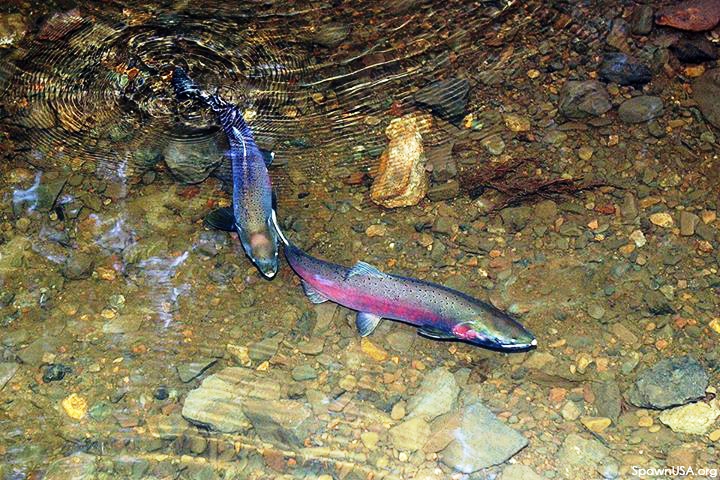How can we restore true geomorphic and ecological processes in rivers? This question was addressed in the 15th Annual Berkeley River Restoration Symposium (December 7, 2019), in keynote talks by Hervé Piégay of CNRS (the French national research agency) and University of Lyon, and Damion Ciotti of the US Fish and Wildlife Service.
Piégay’s talk, “Revitalizing rivers: learning from a few European case studies,” summarized some of the key lessons learned from recent restoration efforts in the EU. Despite more projects in the US now claiming to be “process-based”, real restoration of process is rare.
How can we distinguish true process-based restoration projects? Damion Ciotti’s talk, “Process-based design criteria for ecological restoration” presented four distinct attributes of true process-based restoration, along with a detailed illustration of the application of these criteria to a restoration project in the foothills of the Sierra Nevada.
In addition to the keynote talks, graduate students in the UC Berkeley River Restoration course presented their independent research projects, including:
- a comparison of a conventional salmon spawning habitat restoration project heavily dependent on external energy sources (diesel fuel) with the energy exerted on the ‘restored’ reach by a natural flood;
- an evaluation of a side-channel restoration for salmon on Lagunitas Creek;
- the Vermont and Washington State programs to set aside river corridors; and
- post-project appraisals of river restoration projects on the Truckee River, Reno, and Cerrito and Baxter Creeks in the San Francisco Bay region.
Panels of experienced practitioners and researchers provided perspective on themes arising in the presentations.
The symposium is presented annually by the UC Berkeley Department of Landscape Architecture & Environmental Planning, and the Institute of International Studies Interdisciplinary Faculty Seminar Water Management: Past and Future Adaptation.
Photo (by Joannatirn via Wikipedia) shows a pair of endangered Marin County coho salmon in Lagunitas Creek.
See papers summarizing the graduate student research projects.

